Toilets are one of the most important appliances in a household. They are used several times a day and often taken for granted until they malfunction.
When a toilet stops working, it can be a major inconvenience. In this article, we will discuss the most common toilet problems and how to fix them.
Common Toilet Problems and How To Repair Them
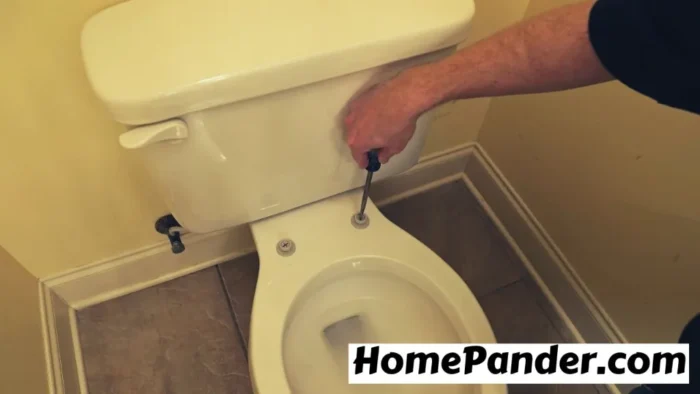
Clogged Toilet
A clogged toilet is one of the most common toilet problems. It occurs when too much waste or foreign objects are flushed down the toilet, causing a blockage in the drainpipe. There are several ways to unclog a toilet:
Using a Plunger
A plunger is a useful tool for unclogging a toilet. To use it, place the plunger over the toilet drain, making sure it creates a tight seal. Then, pump the plunger up and down several times. This action creates pressure, which can help dislodge the blockage.
Using a Toilet Snake
If a plunger doesn’t work, try using a toilet snake. A toilet snake is a long, flexible tool that can be used to reach down the toilet drain and break up the blockage. Insert the snake into the toilet drain and rotate it while pushing it further down the drain.
Using a Wet/Dry Vacuum
If the above methods don’t work, try using a wet/dry vacuum. Set the vacuum to the liquid setting, place the hose into the toilet bowl, and turn it on. This will create suction, which can help remove the blockage.
Running Toilet
A running toilet is another common toilet problem. It occurs when water continuously flows into the toilet bowl, even when the toilet is not in use. This can be caused by several issues:
Checking the Flapper
The flapper is a rubber seal that sits at the bottom of the toilet tank. If it is damaged or worn, it can cause water to continuously flow into the toilet bowl. Check the flapper and replace it if necessary.
Adjusting the Float
The float is a device that regulates the water level in the toilet tank. If it is not adjusted correctly, it can cause the toilet to run continuously. Adjust the float so that the water level is below the overflow pipe.
Cleaning the Tank
If there is sediment buildup in the toilet tank, it can cause the toilet to run continuously. Turn off the water supply to the toilet, flush it, and then remove the lid of the tank. Clean the tank with a solution of water and vinegar, and then replace the lid.
Leaking Toilet
A leaking toilet can cause damage to the bathroom floor and increase your water bill. It can also lead to mold growth and an unpleasant odor. Here are some common causes of a leaking toilet and how to fix them.
Checking the Wax Ring
The wax ring is a seal that connects the base of the toilet to the drainpipe. If it is damaged or worn, it can cause water to leak from the base of the toilet. To check the wax ring, turn off the water supply to the toilet, flush it, and then remove the toilet from the floor. Check the wax ring and replace it if necessary.
Checking the Tank Bolts
The tank bolts are what hold the toilet tank to the base of the toilet. If they are loose or damaged, they can cause water to leak from the tank. To check the tank bolts, turn off the water supply to the toilet, empty the tank, and then check the bolts. Tighten them if necessary or replace them if they are damaged.
Checking the Fill Valve
The fill valve is a device that controls the flow of water into the toilet tank. If it is damaged or worn, it can cause water to continuously leak into the toilet bowl. To check the fill valve, turn off the water supply to the toilet, flush it, and then remove the lid of the tank. Check the fill valve and replace it if necessary.
Weak Flush
A weak flush can be frustrating and can cause blockages in the drainpipe. Here are some common causes of a weak flush and how to fix them.
Checking the Flapper Chain
The flapper chain connects the flush handle to the flapper. If it is too long or too short, it can cause a weak flush. To check the flapper chain, remove the lid of the toilet tank and flush the toilet. Check the chain and adjust it if necessary.
Adjusting the Water Level
The water level in the toilet tank can affect the strength of the flush. If it is too low, it can cause a weak flush. To adjust the water level, turn off the water supply to the toilet and adjust the float so that the water level is just below the overflow pipe.
Cleaning the Jets
The jets in the toilet bowl can become clogged with mineral buildup or debris, which can cause a weak flush. To clean the jets, turn off the water supply to the toilet and flush it. Pour a solution of water and vinegar into the toilet bowl and let it sit for several hours. Scrub the inside of the toilet bowl with a toilet brush and then flush it.
Loose Toilet Seat
A loose toilet seat can be uncomfortable and annoying. Here are some ways to fix a loose toilet seat.
Tightening the Hinges
The hinges of the toilet seat can become loose over time. To tighten them, use a screwdriver to tighten the screws that connect the hinges to the toilet bowl.
Replacing the Seat
If the toilet seat is old or damaged, it may need to be replaced. To replace the toilet seat, remove the old seat by loosening the screws that connect it to the toilet bowl. Then, place the new seat onto the toilet bowl and tighten the screws.
Conclusion
Toilets are essential appliances in a household, but they can encounter problems that require fixing. The most common toilet problems are clogged toilet, running toilet, leaking toilet, weak flush, and loose toilet seat.
By following the solutions provided in this article, you can fix these problems and keep your toilet functioning properly.
FAQs
Why is my toilet running even after I have flushed it?
This may be caused by a damaged or worn flapper or a faulty fill valve. Check these components and replace them if necessary
What are the usual issues with toilets?
Common problems with toilets include clogs, leaks, and running water.
How can you repair a toilet effectively?
The best way to fix a toilet depends on the specific issue, but basic repairs can often be done with a plunger or toilet repair kit.
How do you fix a toilet that has trouble flushing?
To fix a struggling toilet flush, check the flapper valve, water level, and chain to ensure they are all working properly.
What kind of problems can occur with toilet flushing?
Toilet flushing problems can include weak flushes, double flushes, or incomplete flushes.
What are the primary reasons for toilets becoming dirty?
The main causes of dirty toilets are usually inadequate cleaning, hard water buildup, or a faulty toilet seal.




![How to Remove Crystallized Urine [Explained]](https://homepander.com/wp-content/uploads/2022/02/How-To-Remove-Crystallized-Urine.jpg)

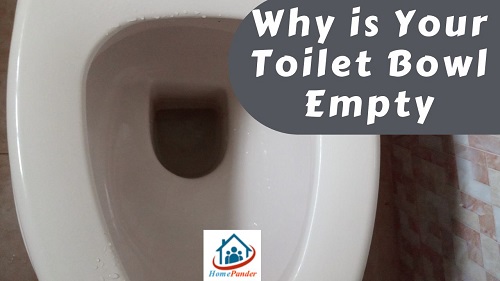

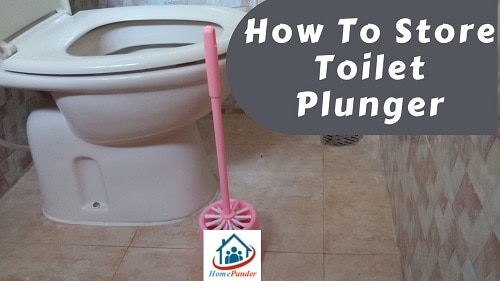
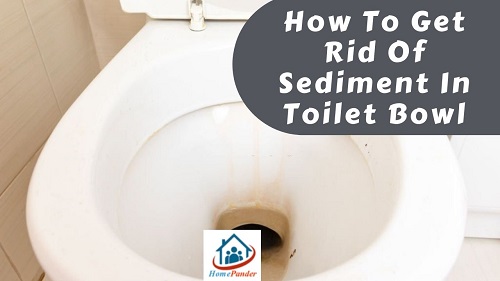
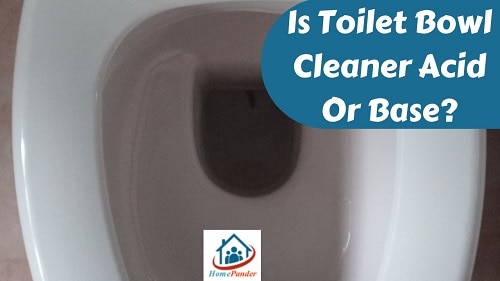
![How To Clean Dark Grout That Has Turned White [5 Easy Ways]](https://homepander.com/wp-content/uploads/2021/12/How-To-Clean-Dark-Grout-That-Has-Turned-White.webp)